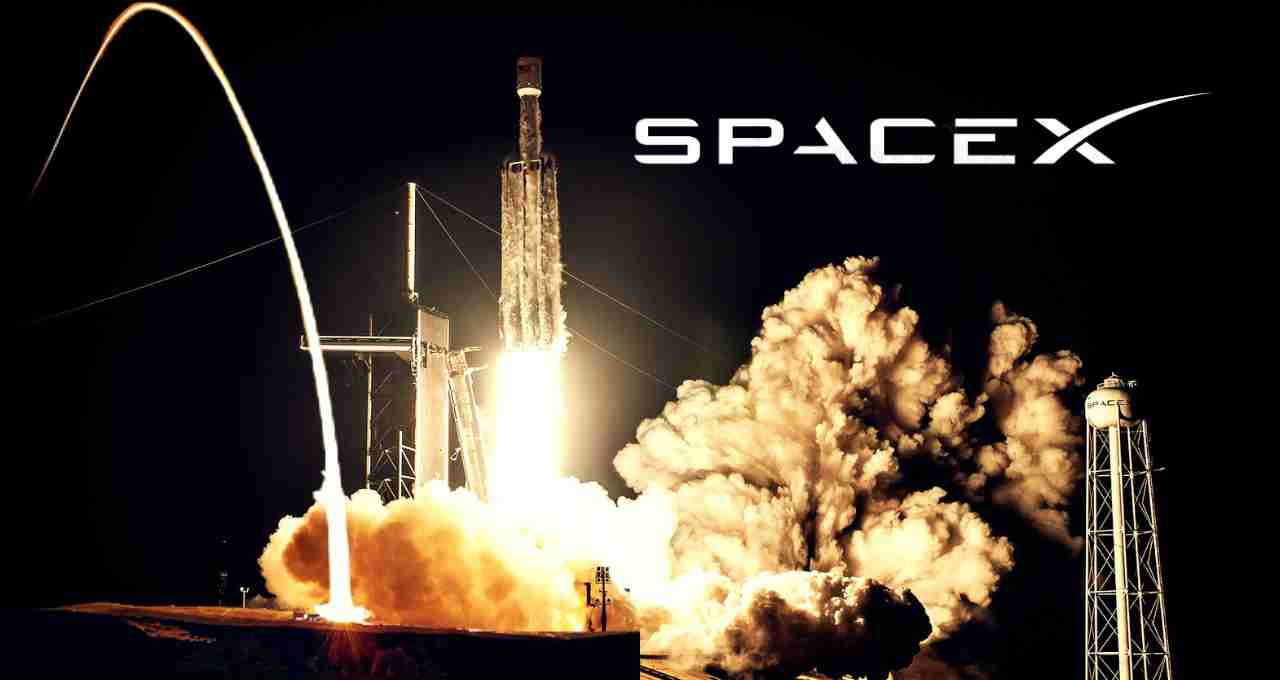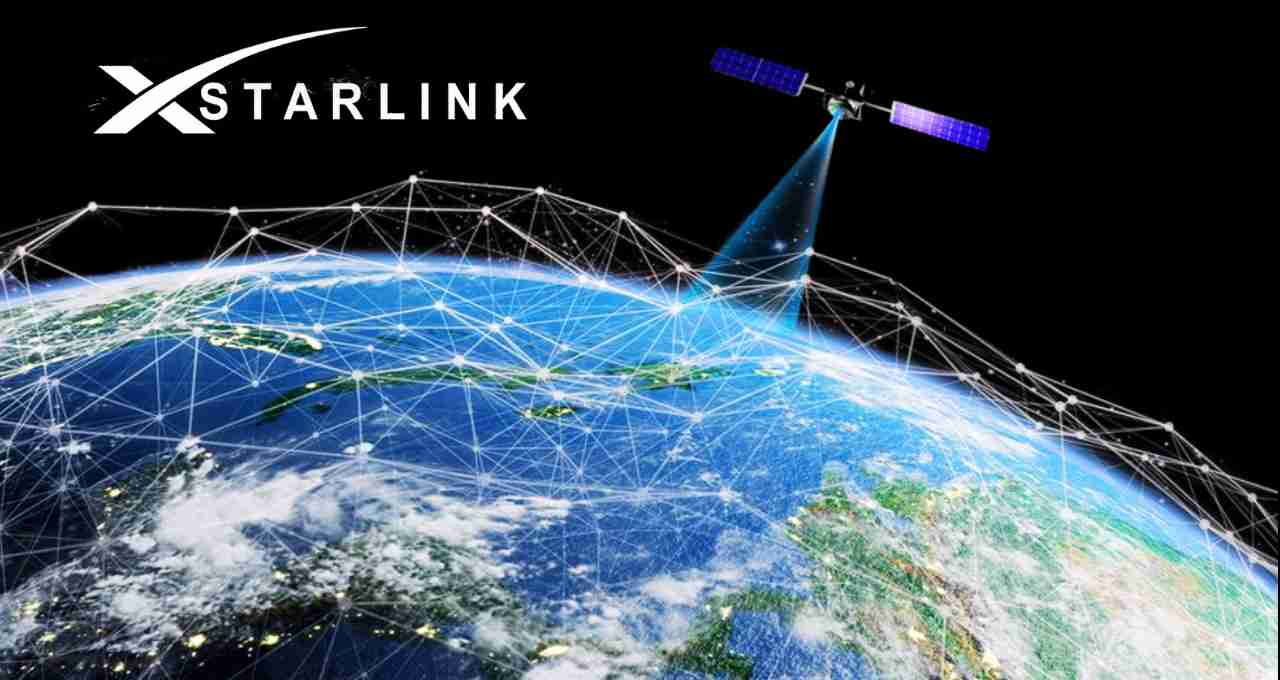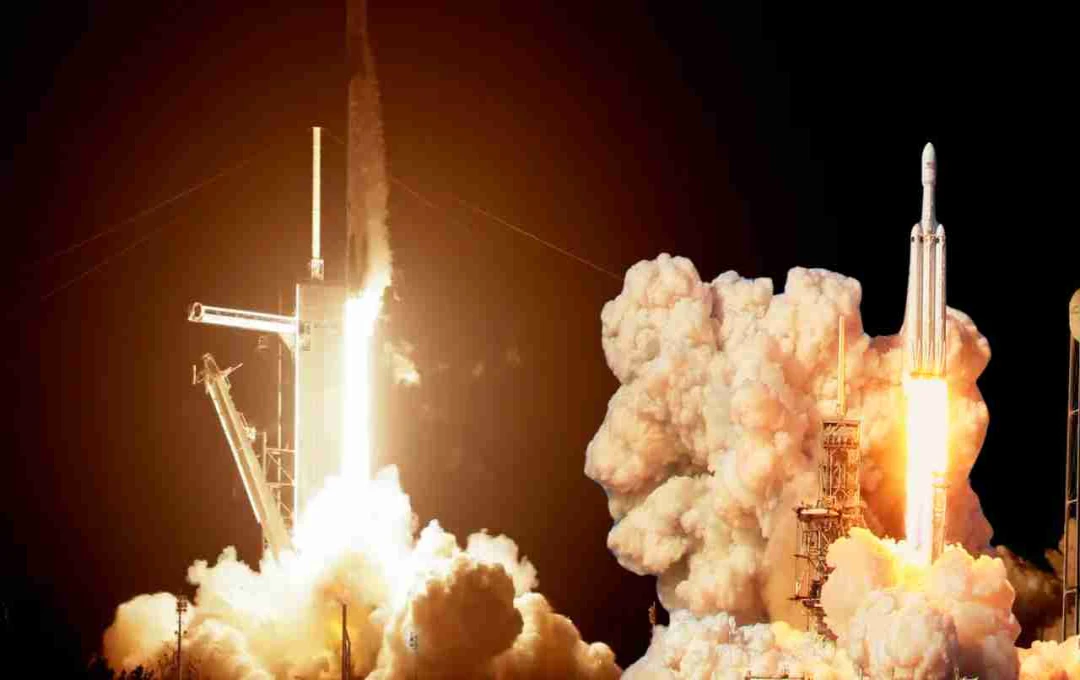SpaceX successfully launched 23 Starlink V2 mini-satellites into Low Earth Orbit (LEO) on May 20, 2025, marking another significant leap in space technology. This launch was notable because 13 of these satellites are equipped with cutting-edge Direct-to-Cell technology, enabling direct satellite connectivity to mobile phones.
A Historic Flight
SpaceX made history on the night of May 20th from Cape Canaveral Space Force Station in Florida, USA. The company successfully launched 23 Starlink satellites using a brand-new Falcon 9 rocket. This mission was also significant as it was SpaceX's 60th launch of 2025, highlighting the company's rapid and reliable mission execution. Consistently achieving successful launches at such a low cost sets SpaceX apart from its competitors.
This mission utilized a brand-new rocket booster for the first time. SpaceX typically reuses its older rocket boosters to reduce costs. However, the use of a new booster (B1095) made this mission even more special. This demonstrates the company's focus not only on reusability but also on regularly testing new technological equipment.
The Power of Direct-to-Cell Technology

Thirteen of the 23 satellites launched in this mission utilize Direct-to-Cell technology. This highly specialized and useful technology is beneficial in areas lacking mobile towers or network infrastructure. It allows for network connections on standard mobile phones without requiring any additional device or satellite phone. This means accessing networks will be easier than ever, whether you're at sea, in a forest, or in a mountainous region.
Direct-to-Cell technology can revolutionize mobile network access in remote and inaccessible areas. This will benefit the general public, and the technology can also assist emergency services, military communication systems, and disaster relief efforts. This new network capability is considered a major step towards establishing global connectivity.
Decisive Launch Steps
The launch process for this mission presented some challenges. Initially scheduled for 11:58 PM EDT on May 19th, it was postponed due to unspecified technical or weather-related reasons. While the company didn't explicitly state the cause, the mission successfully launched at 11:19 PM on May 20th (3:19 AM GMT on May 21st). Approximately two and a half minutes after launch, the booster separated from the main rocket. The upper stage then traveled in space for about 65 minutes, performed a short engine burn to circularize its orbit, and successfully deployed all 23 Starlink satellites into their designated orbits. The entire process was precise and well-planned, resulting in a completely successful mission.
Another Step Towards Reusability
Approximately eight minutes after launch, the Falcon 9 booster successfully landed on SpaceX's drone ship "Just Read The Instructions" in the Atlantic Ocean. This precise and safe landing is a crucial part of SpaceX's reusability strategy. Under this strategy, the company recovers and reuses booster rockets, significantly reducing costs and increasing mission frequency. This makes space missions more affordable and routine, representing a significant revolution in space technology.
Starlink's Megaconstellation Plan
SpaceX's Starlink project is the world's largest satellite internet initiative. Currently, about 7,500 Starlink satellites are operational in Low Earth Orbit, and this number is continuously growing. The primary goal of these satellites is to provide fast and reliable internet service to areas lacking traditional network access.

The V2 mini-satellites launched this time are more advanced than their predecessors, offering improved coverage, greater data handling capacity, and enhanced technical stability. These satellites will particularly improve internet service in remote areas where access remains a significant challenge, substantially enhancing global internet connectivity.
What Will Change After This Launch?
Improved Network in Rural and Remote Areas: This launch will significantly expand mobile network access, particularly in rural and remote areas. In large countries like India, where many villages and small towns still lack network coverage, Direct-to-Cell satellites could solve this major problem, providing easy access to internet and calling services.
Immediate Connectivity in Emergency Situations: During earthquakes, floods, or other natural disasters, when ground-based towers or networks fail, these satellites can provide immediate connectivity. This will accelerate and improve rescue operations as emergency teams and affected individuals can connect with each other.
Improved International and Maritime Connectivity: This technology allows users to connect to satellite networks using their mobile phones in maritime areas or foreign countries without incurring additional roaming charges. This will enhance global network access and be particularly beneficial for those who frequently travel internationally or by sea.
This SpaceX launch was exceptionally important technologically and commercially. A new booster, Direct-to-Cell satellites, and successful recovery – all three elements made this mission historic. In the future, this SpaceX technology will not only break the boundaries of internet access but also write a new chapter in mobile networking. With the Direct-to-Cell feature, communicating directly from space to mobile phones is moving from a mere fantasy towards reality.














